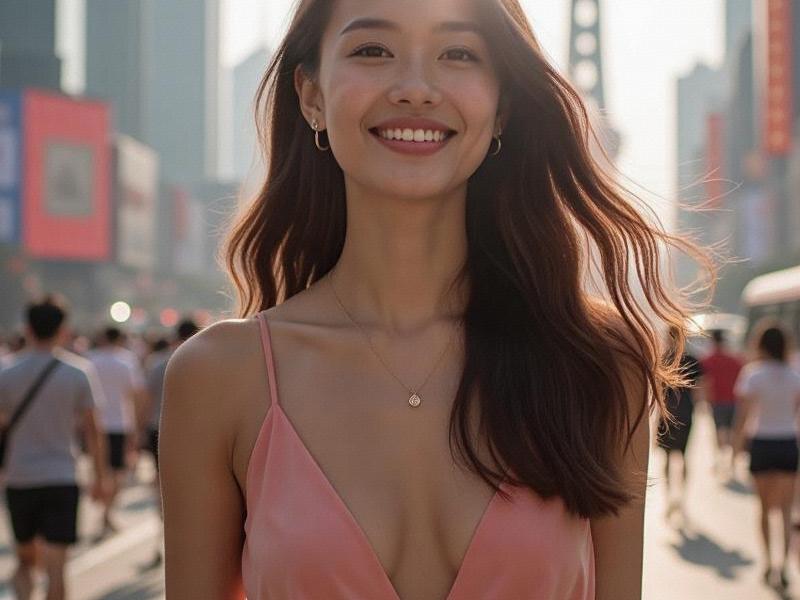
The neon lights of Nanjing Road illuminate a fascinating phenomenon each evening - the "Shanghai Walk," where confident local women showcase a distinctive style that's neither fully Western nor traditionally Chinese. This emerging aesthetic, cultivated in the city's fashion districts and tech hubs alike, represents what industry analysts call "the third wave of Chinese beauty."
Shanghai has long served as China's fashion laboratory, but in the past five years, local women have evolved from trend followers to global tastemakers. According to market research firm Mintel, Shanghai now accounts for 28% of China's premium cosmetics sales while generating 43% of the country's beauty-related social media content.
爱上海同城419 "Shanghai women have developed a visual language that transcends simple East-West binaries," explains Dr. Li Wei, cultural anthropologist at Fudan University. "Their style incorporates qipao silhouettes with streetwear elements, pairs delicate porcelain-inspired makeup with bold graphic eyeliner - it's a conscious celebration of cultural complexity."
The business impact is substantial. International brands like L'Oréal and Estée Lauder have established Asia-Pacific innovation centers in Shanghai specifically to study local preferences. The result? Products like "Shanghai Red" lipstick (a blue-based crimson that complements yellow undertones) and "Jade Dew" serum (incorporating traditional Chinese herbs) now generate over $200 million annually in global sales.
上海龙凤阿拉后花园 Education plays a crucial role in this style revolution. The Shanghai Institute of Visual Arts launched China's first "Cultural Beauty" degree program in 2023, combining traditional arts like calligraphy and porcelain painting with modern image design. Graduates like celebrity stylist Mia Chen credit the program for helping "develop a distinctly Shanghainese aesthetic vocabulary."
上海娱乐联盟 Surprisingly, technology accelerates rather than dilutes these cultural expressions. Augmented reality apps like "Meitu Shanghai" offer filters that subtly enhance rather than overhaul facial features, while e-commerce platforms report soaring sales of "new guofeng" (national style) makeup that modernizes historical techniques.
As Shanghai prepares to host the 2026 World Beauty Expo, industry watchers note an intriguing development: the "Shanghai look" is being embraced by diverse demographics across China and beyond. From Seoul to Singapore, beauty bloggers increasingly reference "Haipai" (Shanghai-style) makeup tutorials, while international designers collaborate with Shanghai-based stylists for their China collections.
Perhaps most significantly, Shanghai's beauty evolution reflects broader social changes. The rise of female tech entrepreneurs and financial leaders has created demand for professional styling that projects authority without sacrificing cultural identity. As image consultant Zhang Yue observes, "Our clients want to look globally competent yet locally rooted - that's the essence of Shanghai chic."
